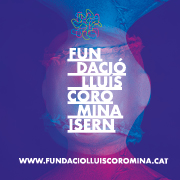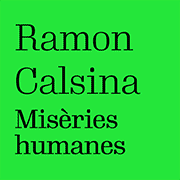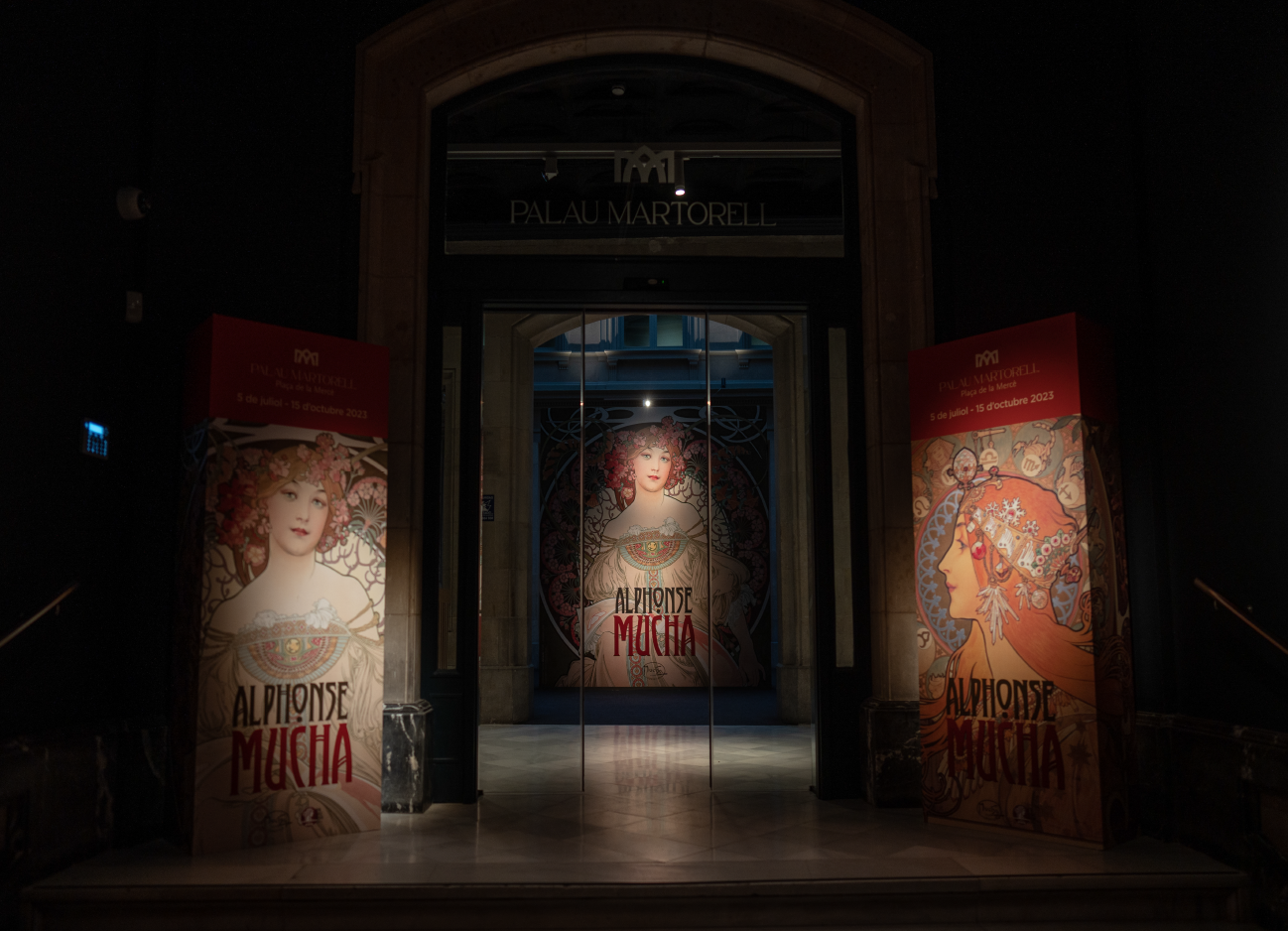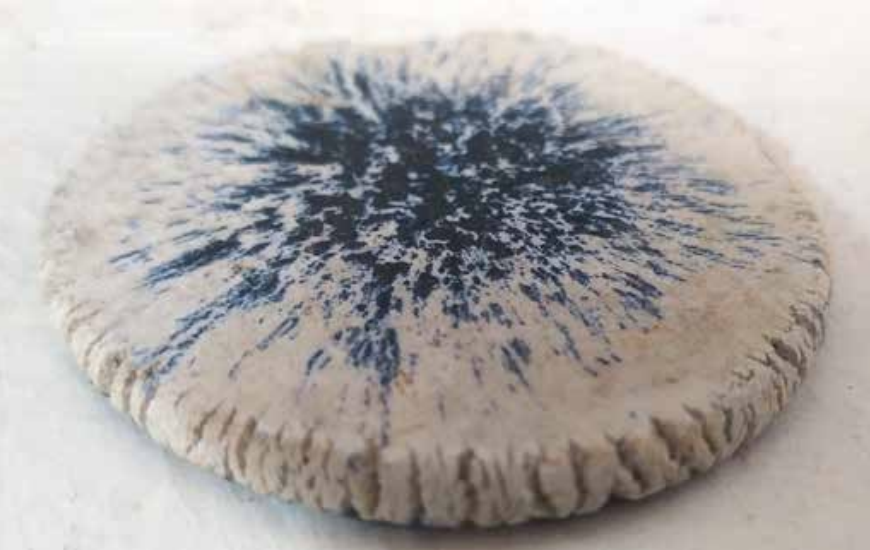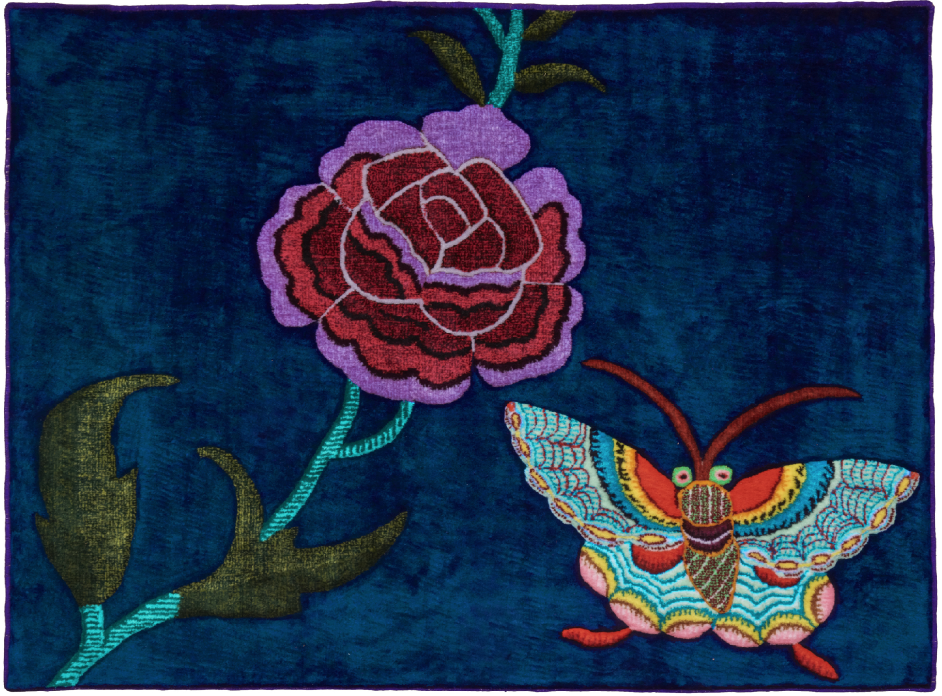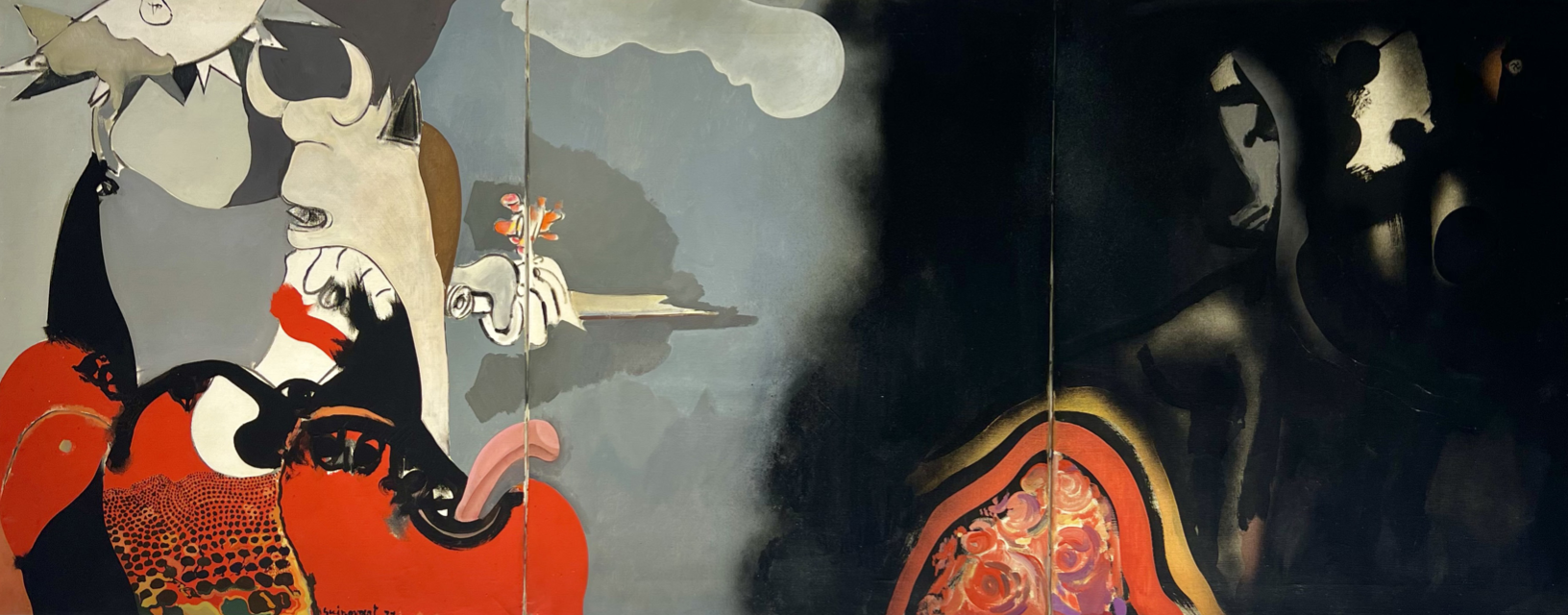Exhibitions
Galeria Senda presents 'Hunted Obsession' by Robert Mapplethorpe
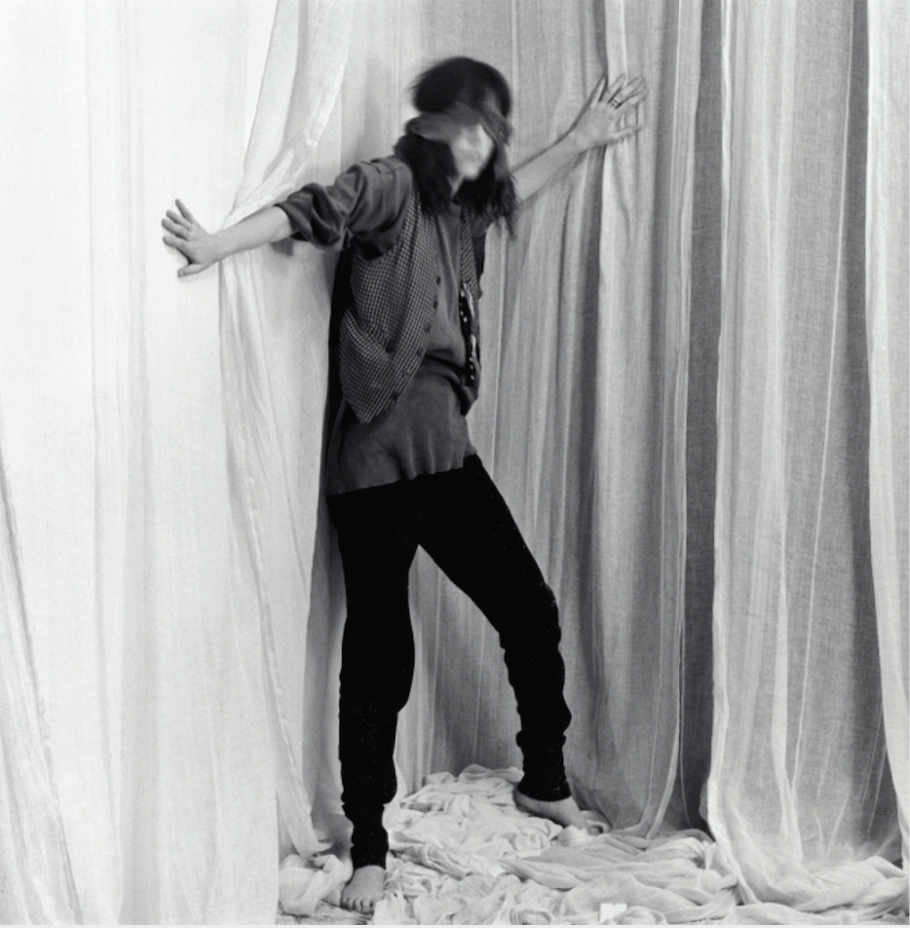
The Senda Gallery opens the Hunted Obsession exhibition on September 16, fourth individual exhibition of Robert Mapplethorpe's work at Senda gallery when it has been approximately twenty years since the presentation of Flowers, which made Senda the first gallery in Barcelona to exhibit Mapplethorpe. The exhibition coincides with the week of the Barcelona Gallery Weekend and exhibits a small history of Robert Mapplethorpe's photographs selected by the Mapplethorpe Foundation and gallerist Carlos Durán who seeks to synthetically cover almost all the stages of Mapplethorpe's photographic project.
Hunted Obsession showcases the breadth of the artist's work through carefully selected dialogues inherent in the works. Underlying themes that unify nudes, portraits, flowers and sculptures. There is a fragment of Mapplethorpe's essence in every shadow, every angle, and every deliberate inclusion or exclusion within the frame.
Robert Mapplethorpe was born in 1946 in Floral Park, New York. In the 70s, he emerged as an artist in New York, coinciding with the rise of photography as art and the explosion of punk and gay cultures. Initially trained in painting and sculpture, he turned to photography, creating erotic collages and then his own Polaroid images. His exhibitions showed erotic nudes, still lifes and portraits of celebrities with a large format camera.
In the late 1970s, Mapplethorpe's work took on a style reminiscent of Helmut Newton and Man Ray. Mapplethorpe continued to explore explicit homoerotic themes, which sparked debates about public funding for the visual arts during the tumultuous 1980s. Despite the occasional use of color, Mapplethorpe preferred black-and-white photography, using- the to explore paradoxes and binary relationships.
In her works, she challenges conventional gender distinctions, blurring identity in self-portraits and collapsing dualisms through symbolic images. The development of his work during the last two decades of his life reveals a strong and consistent vision of reality, as he tried to unite such opposites as order and disorder, life and death, and man and woman, striving to find the perfect balance between form and content.


